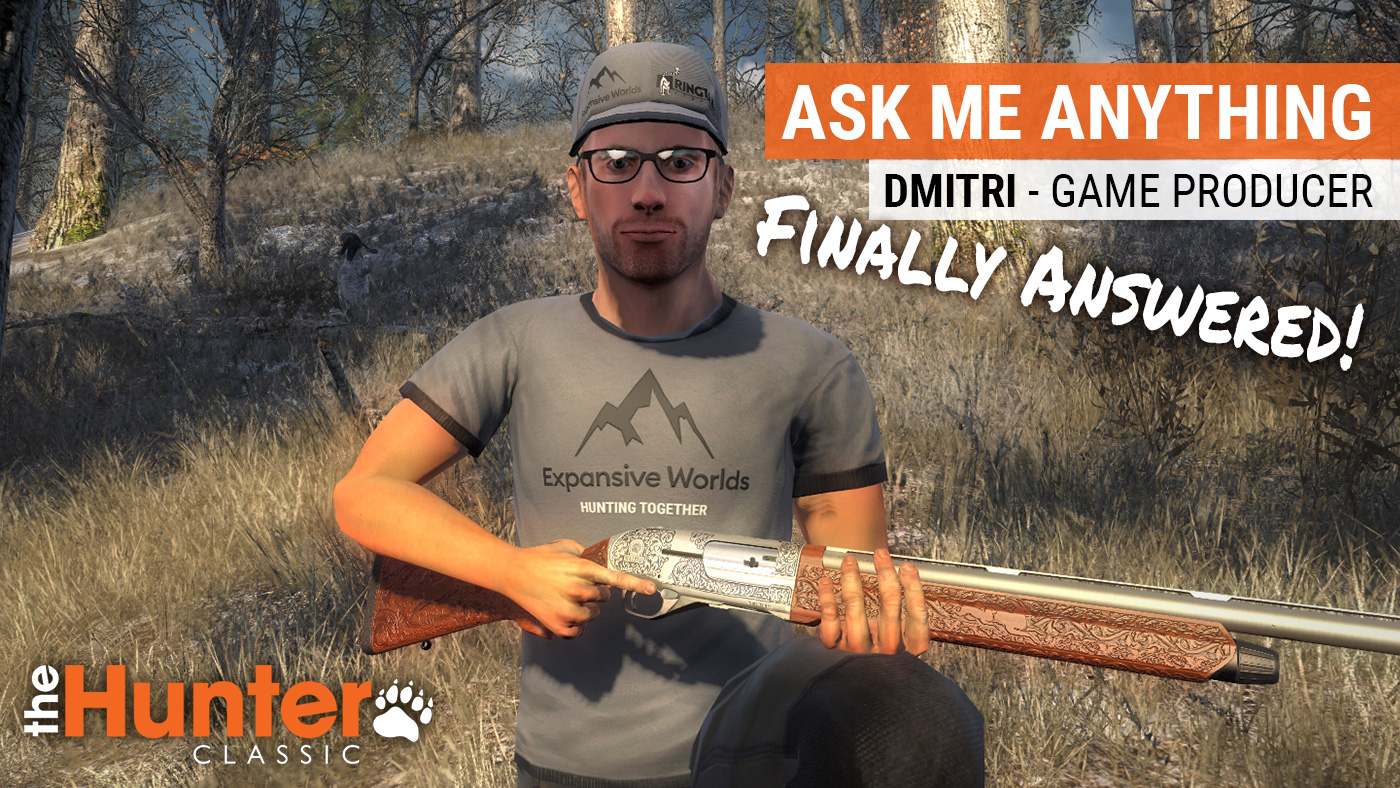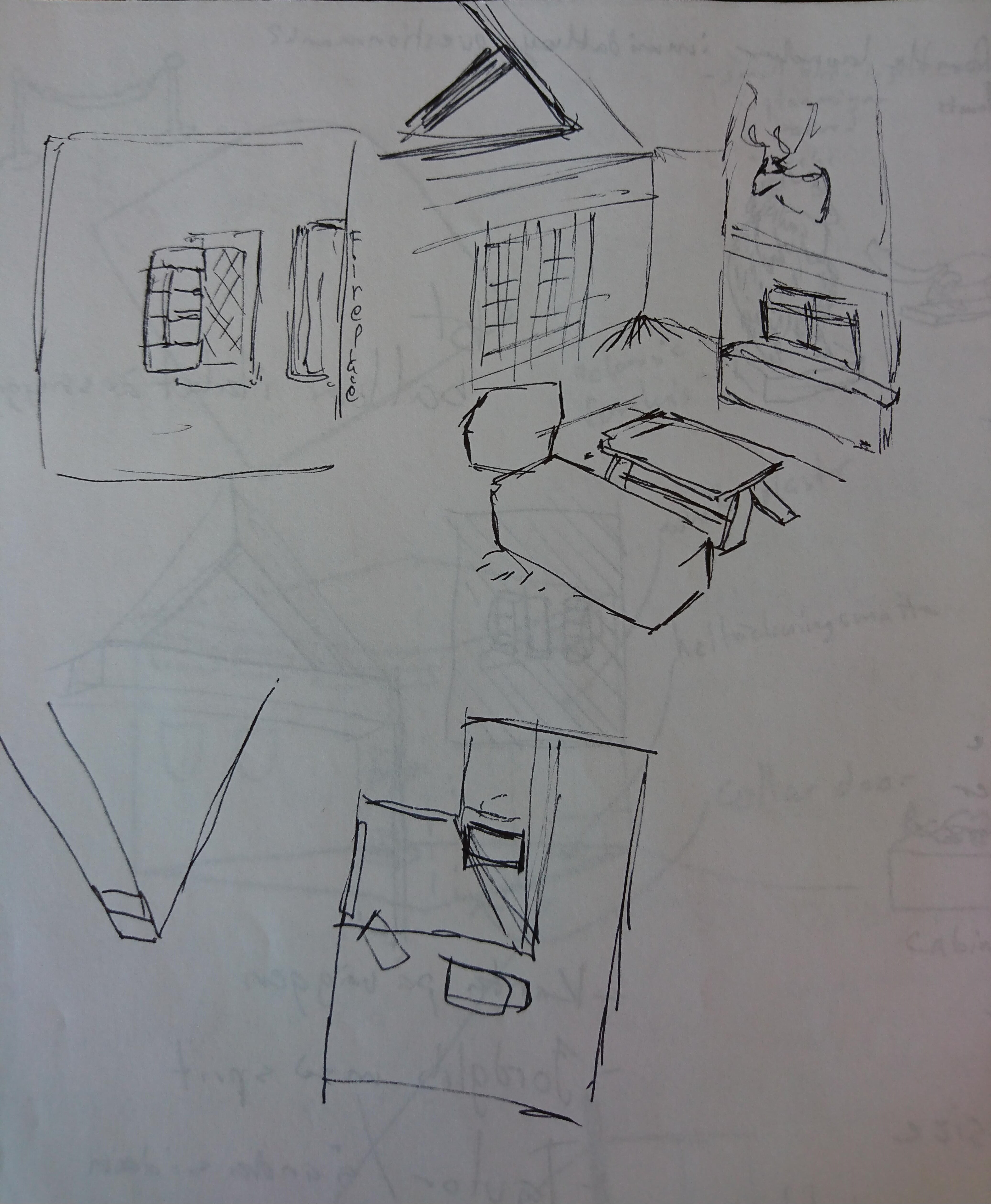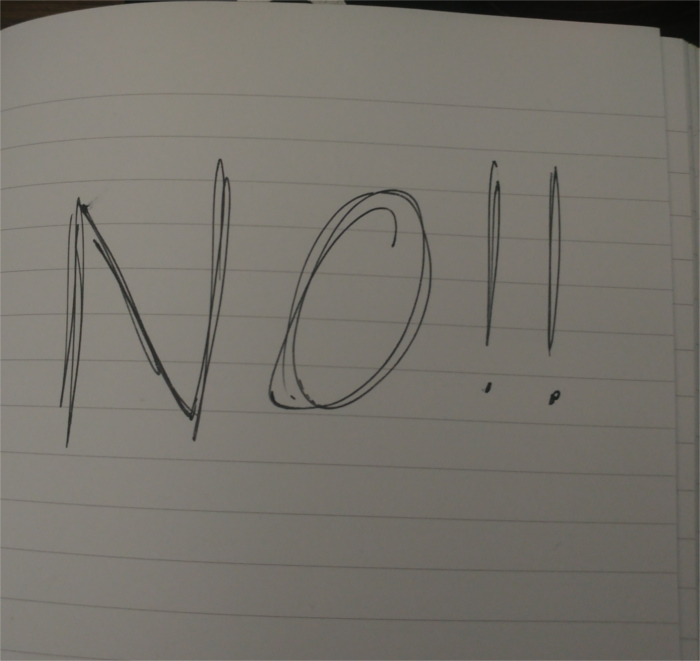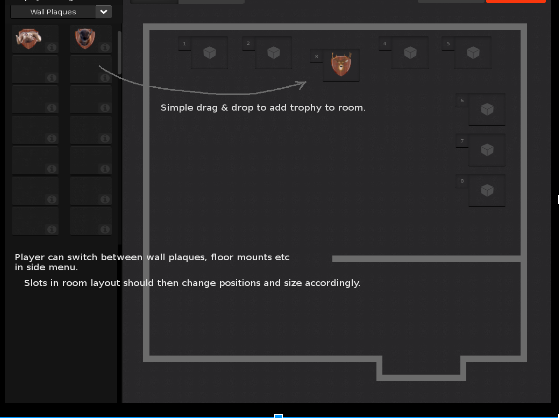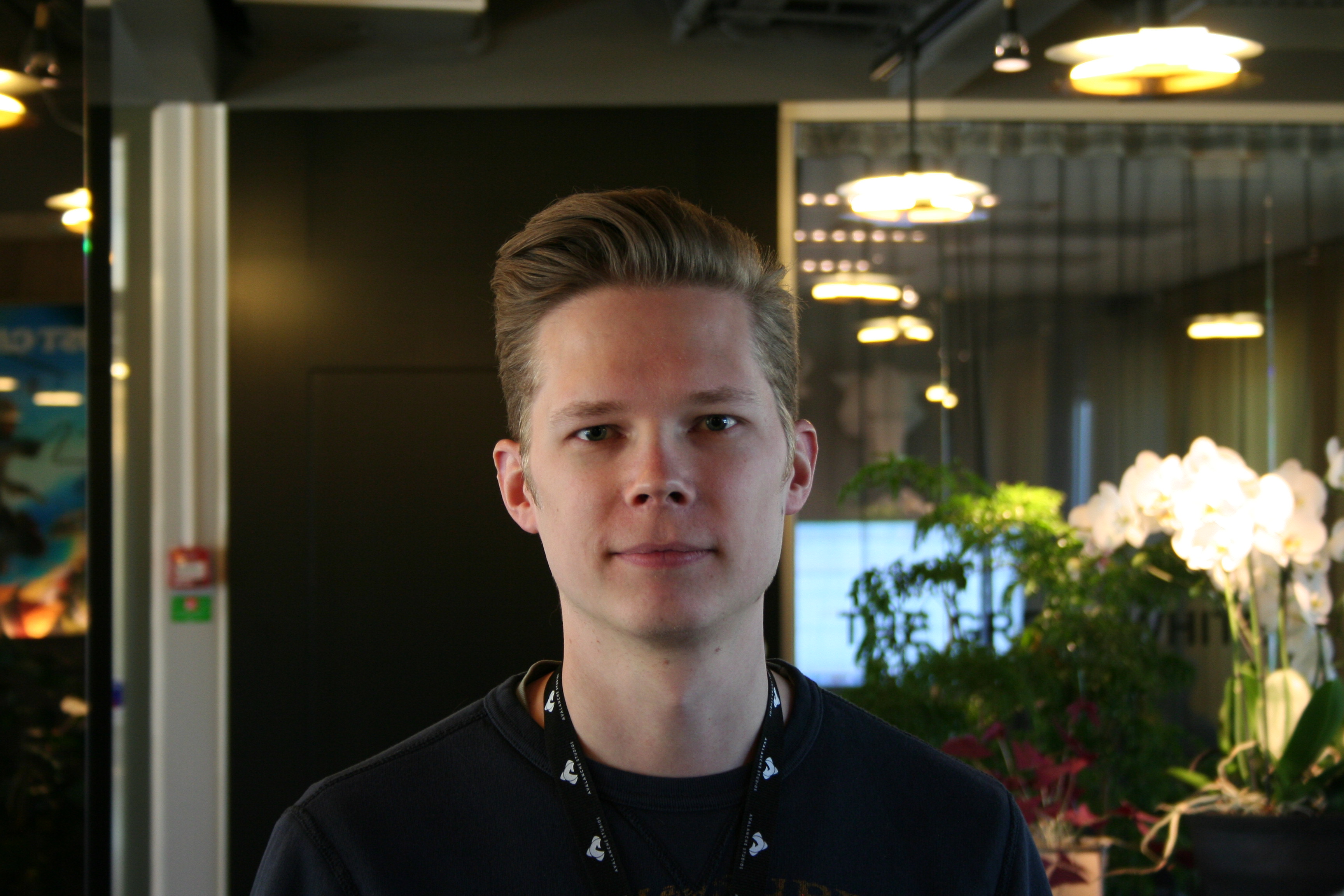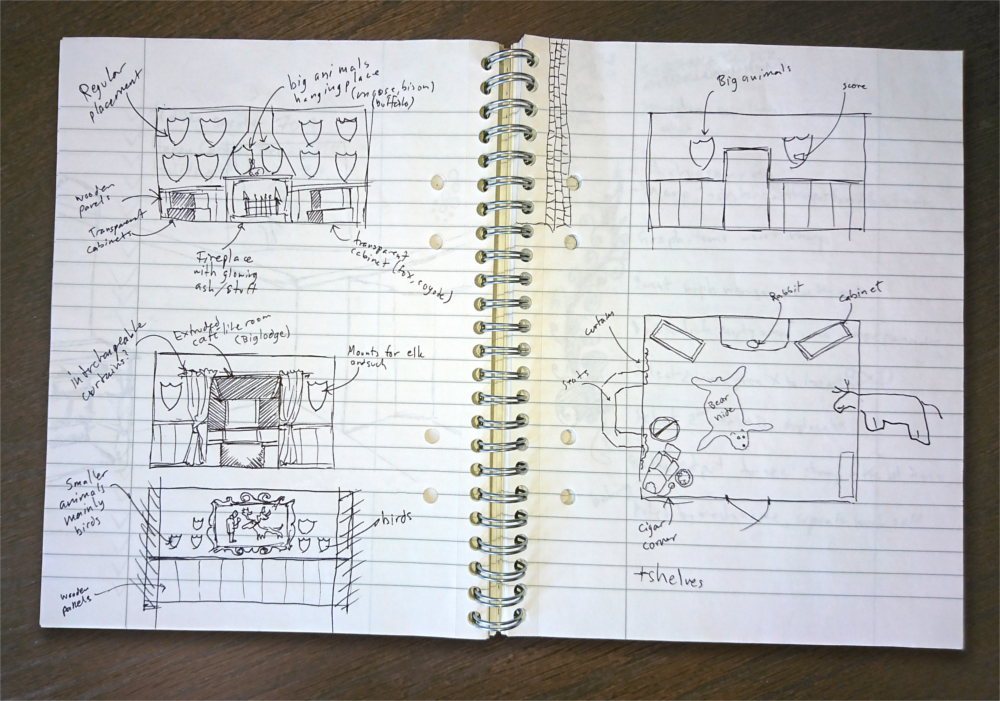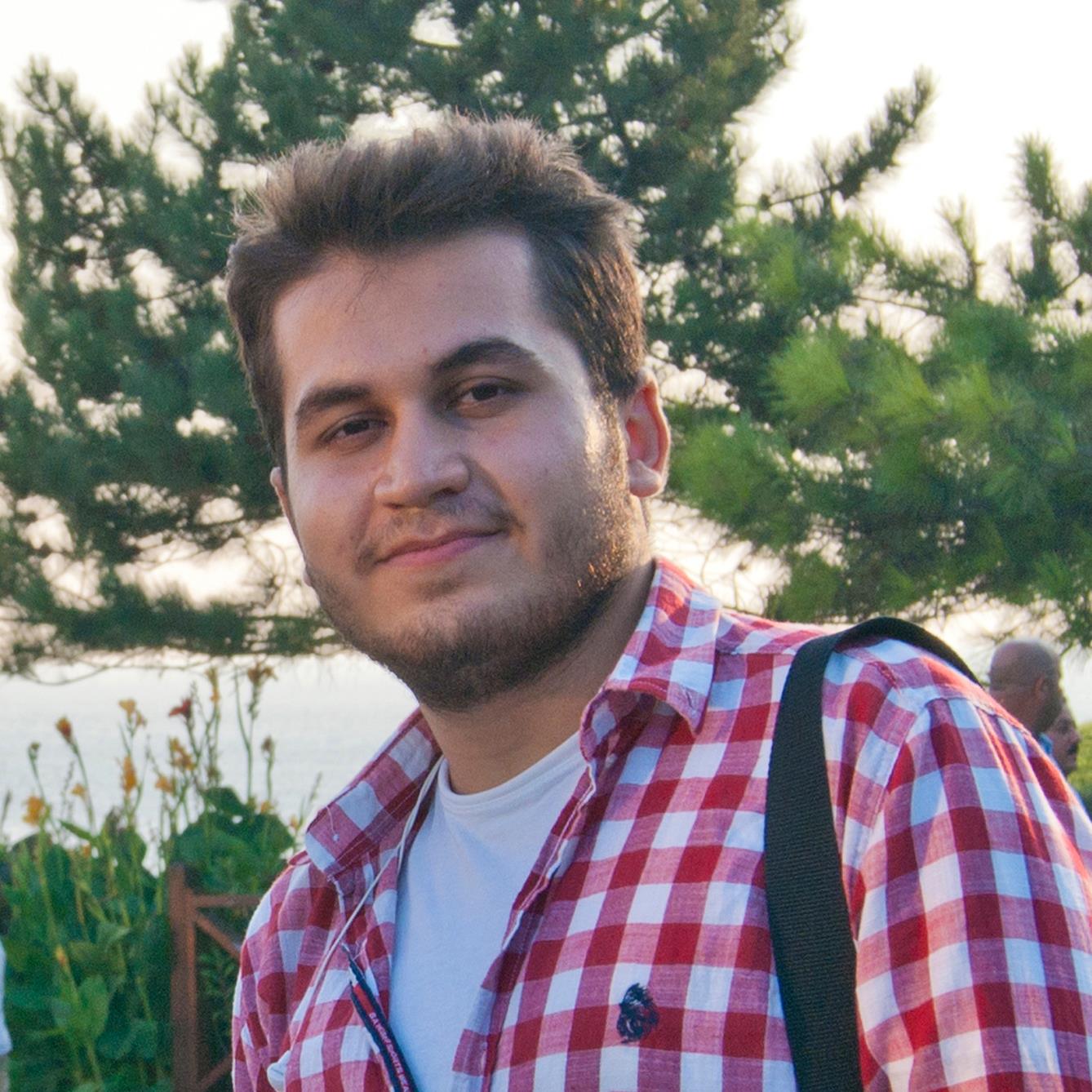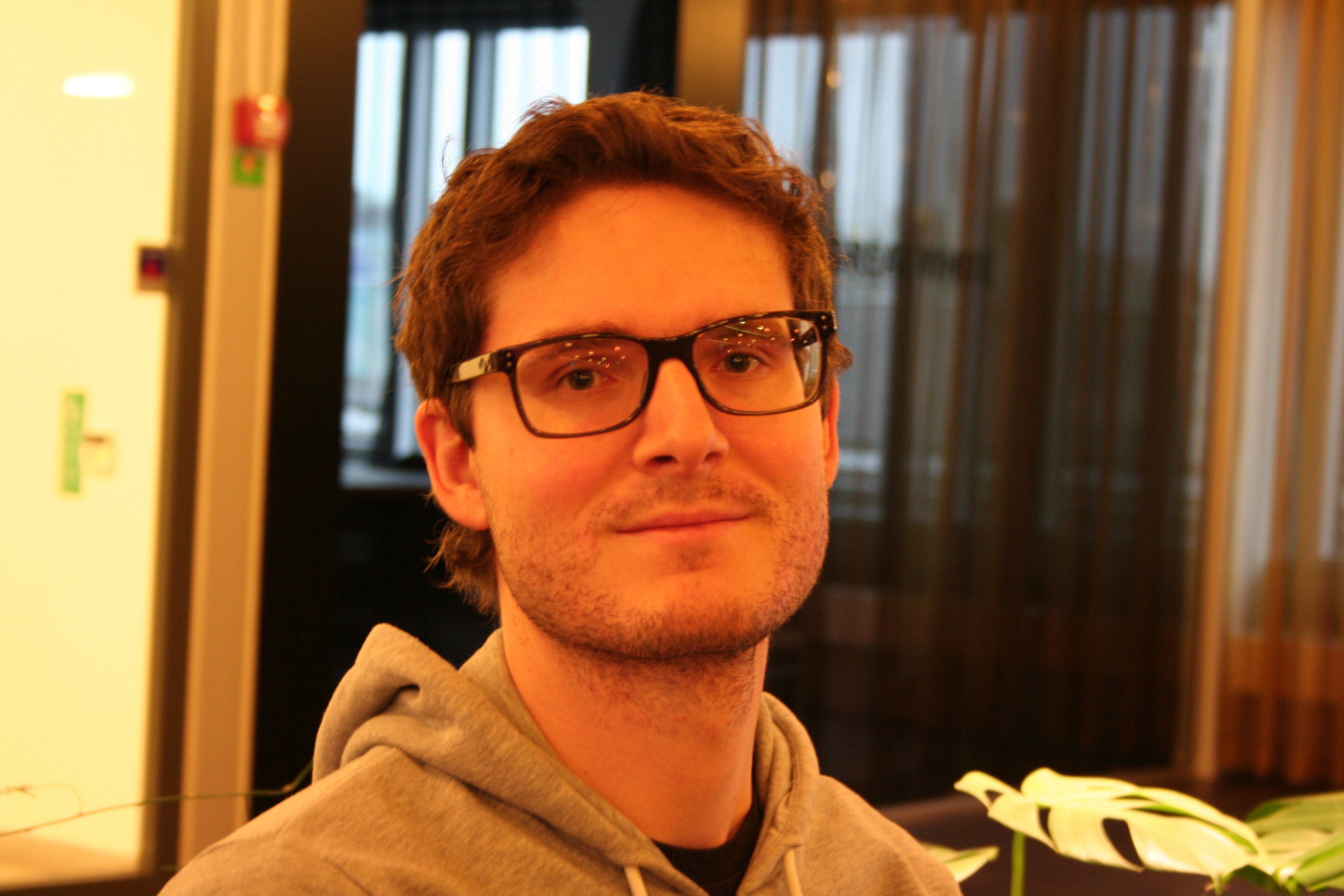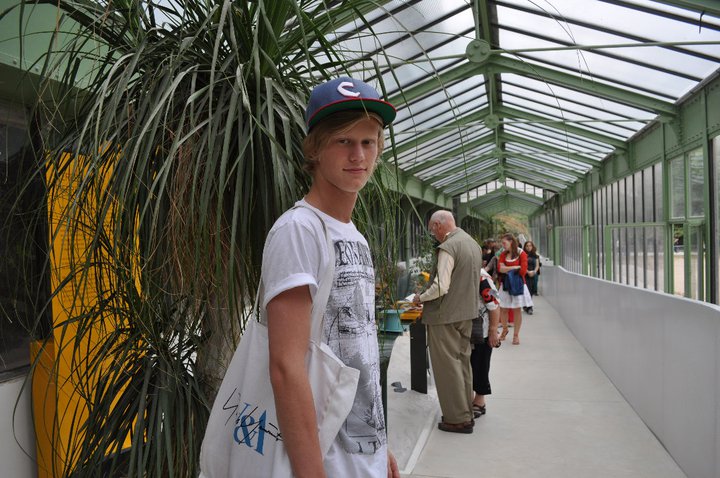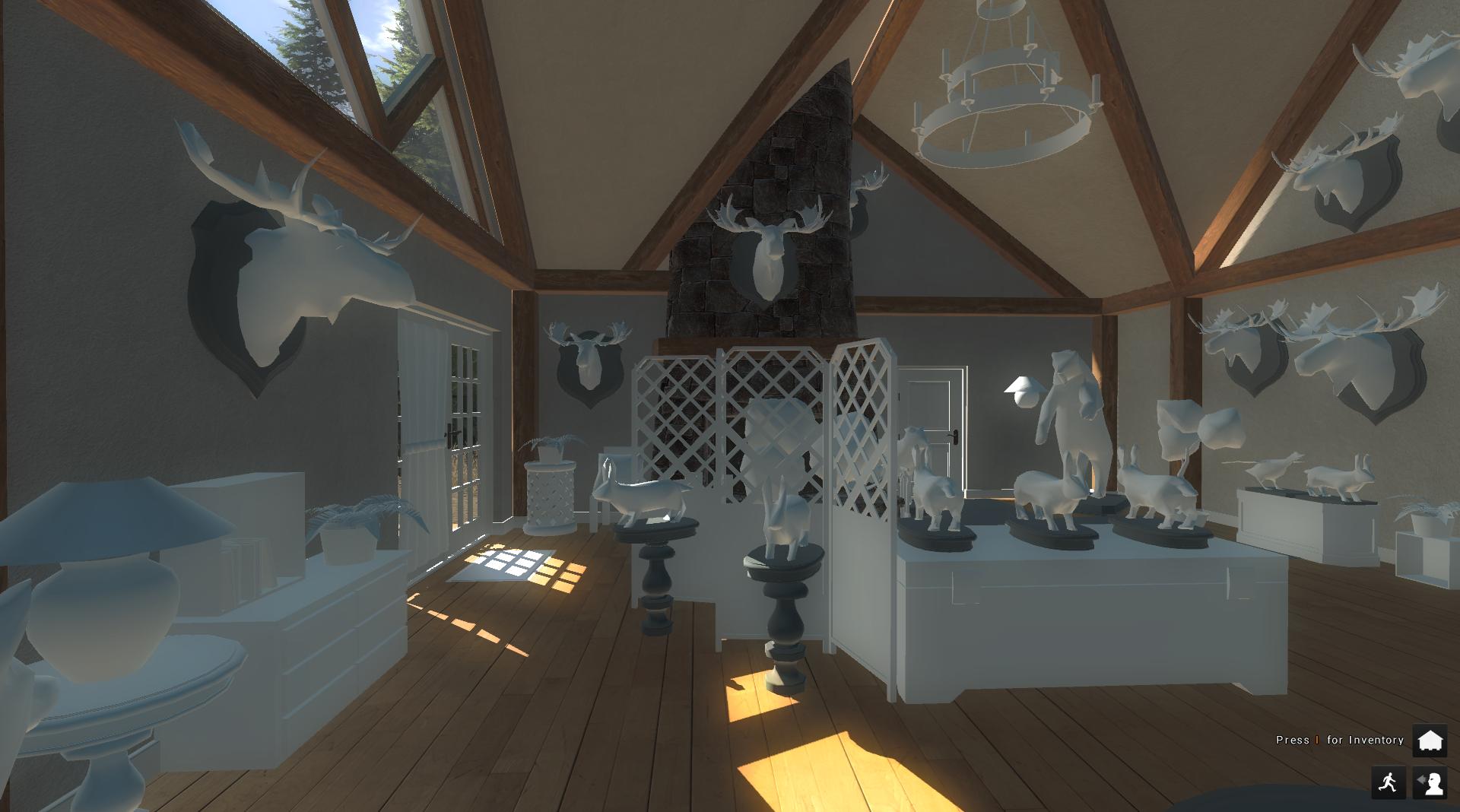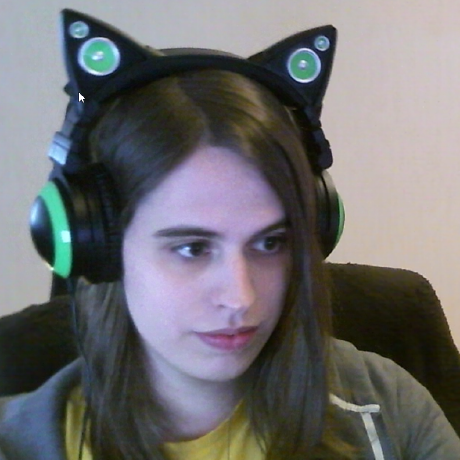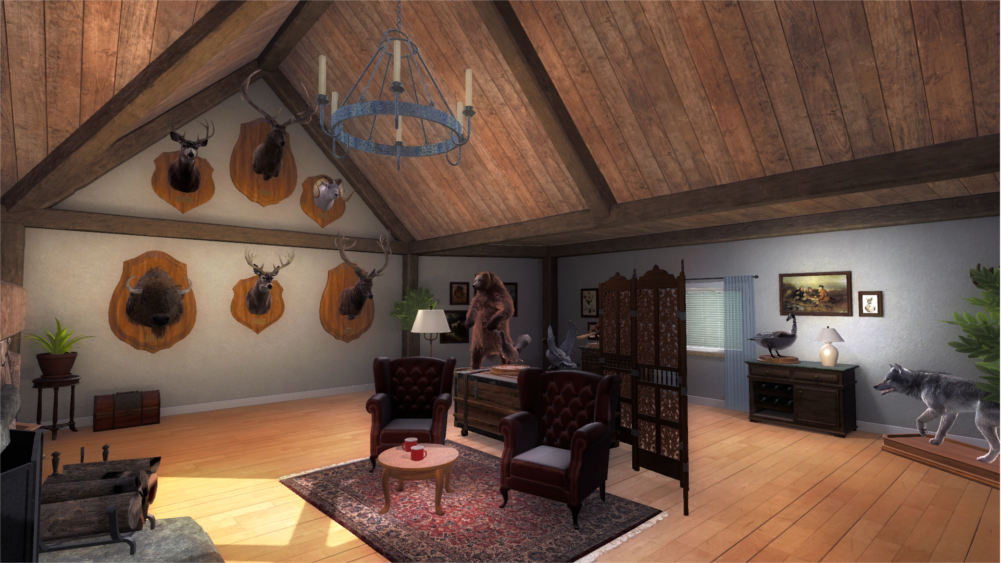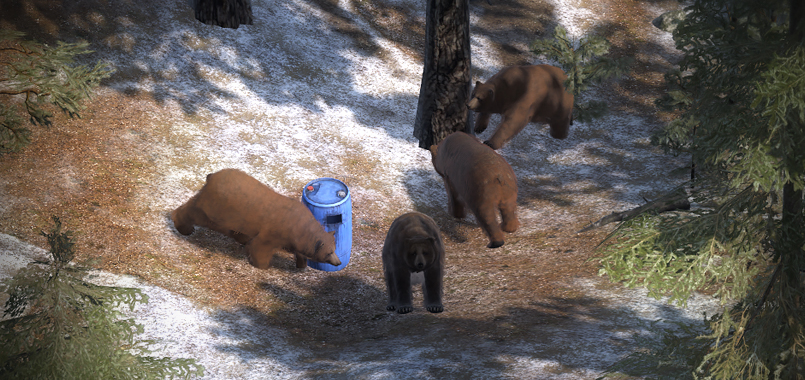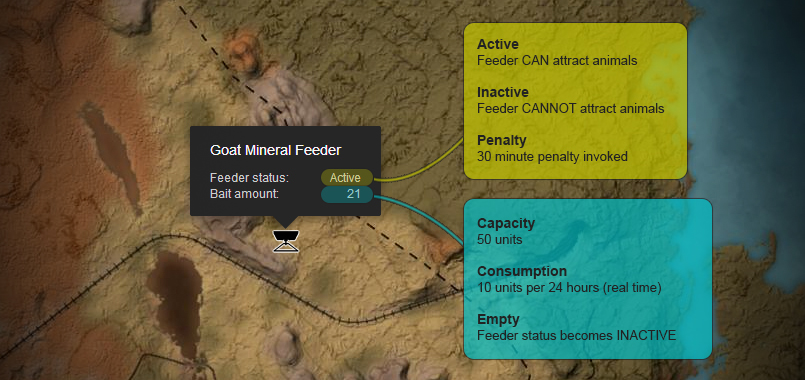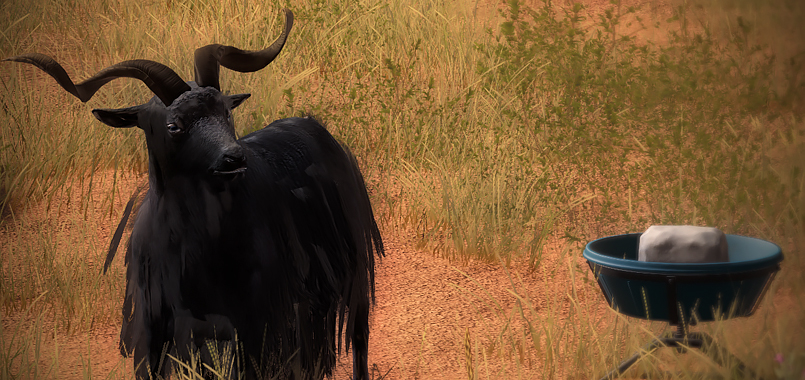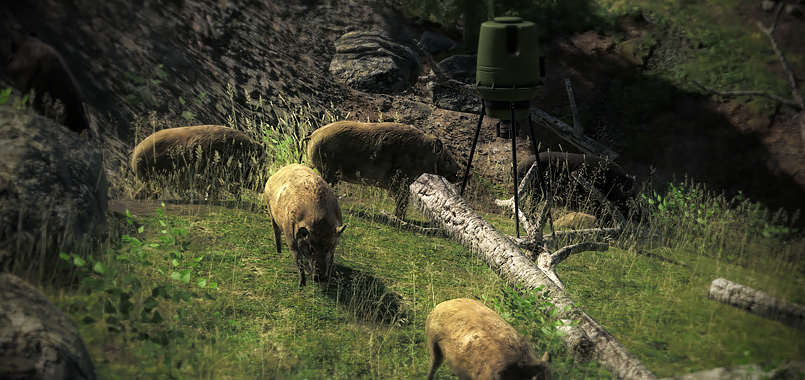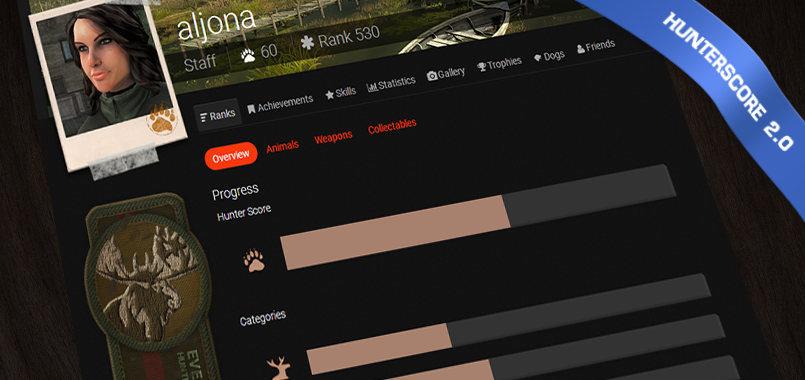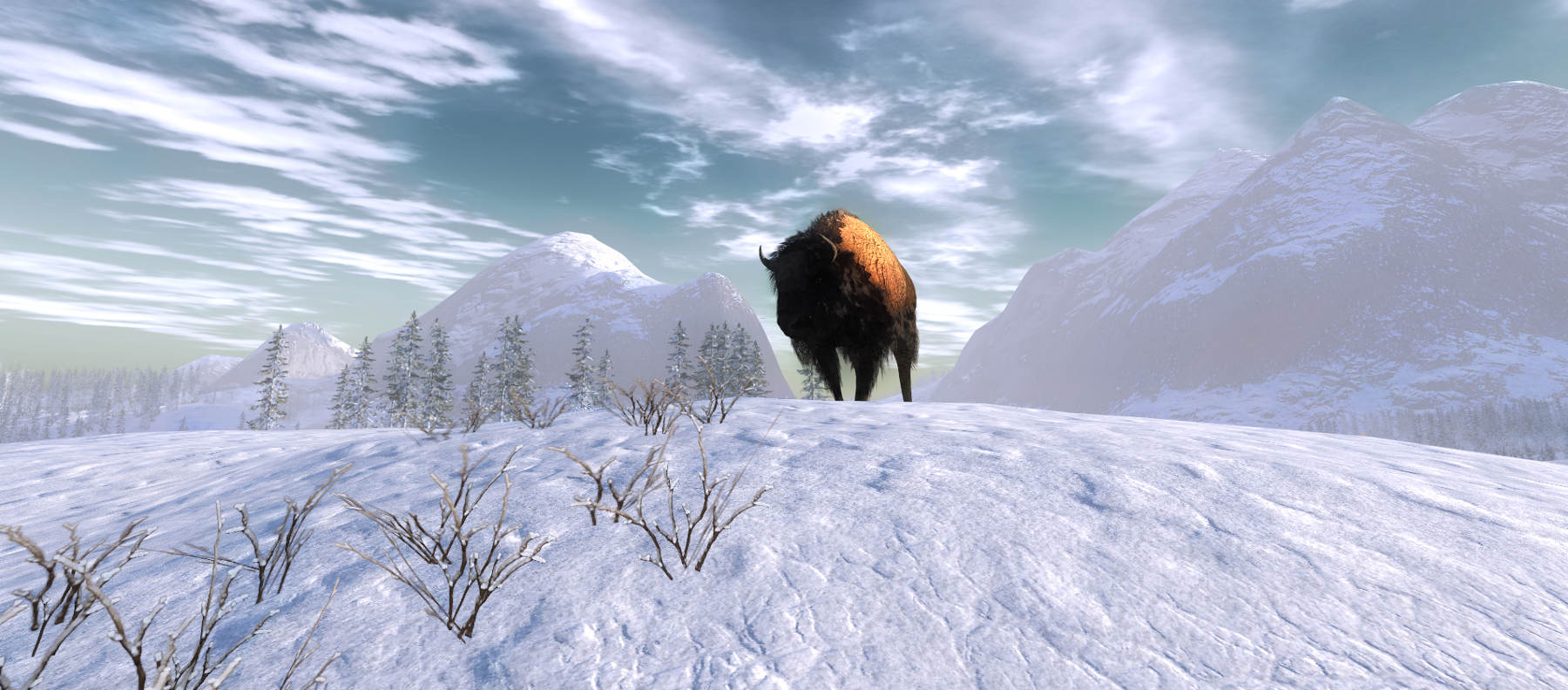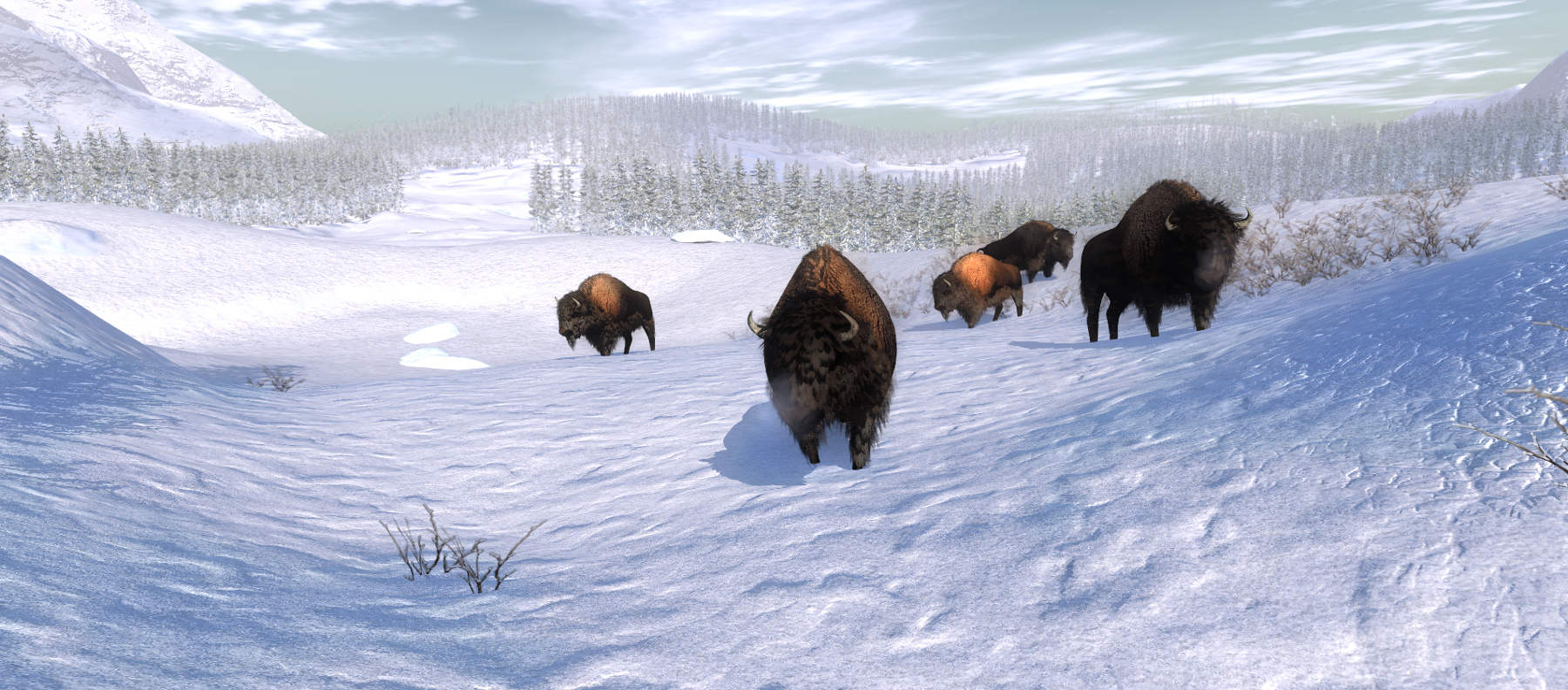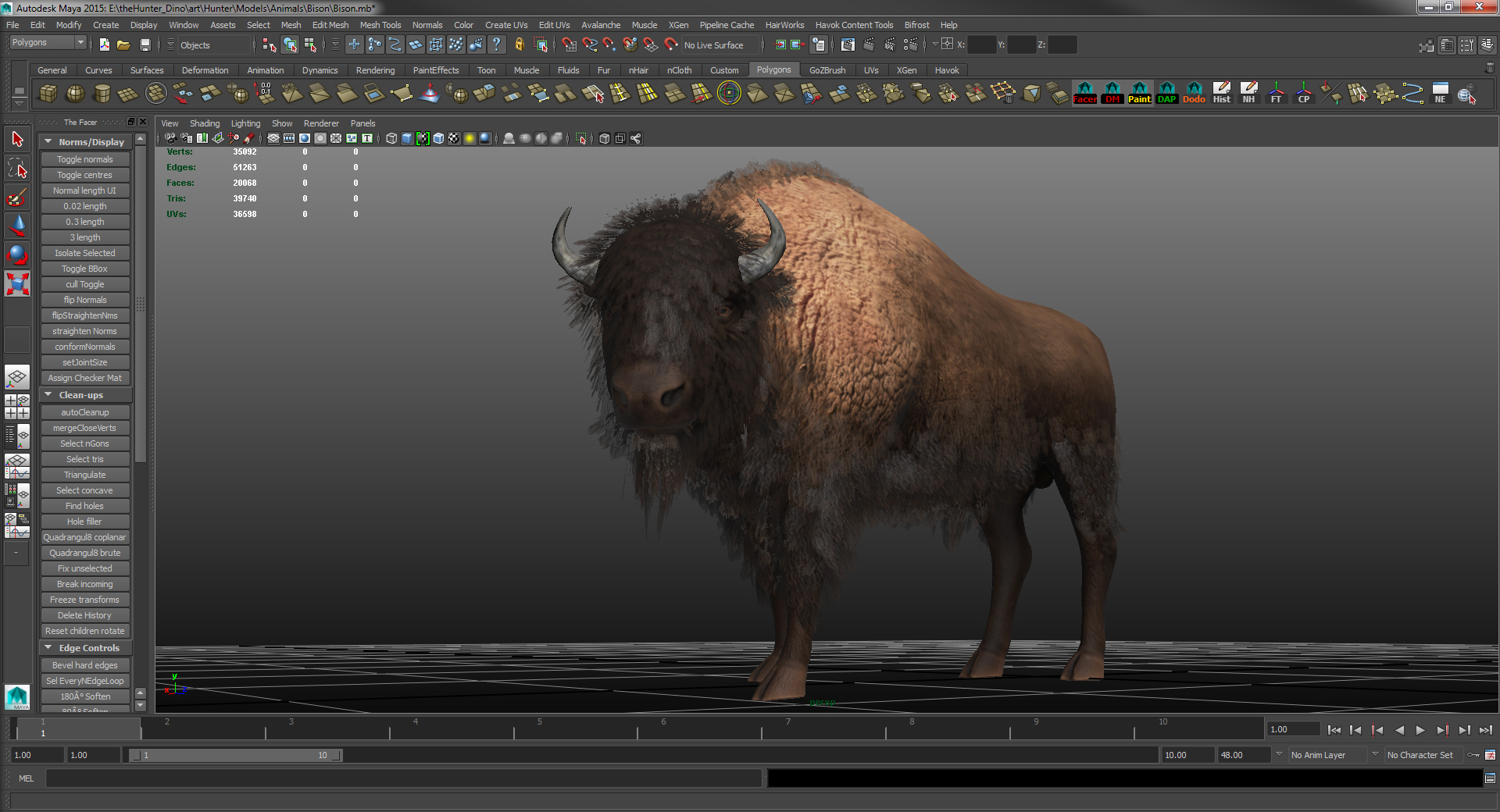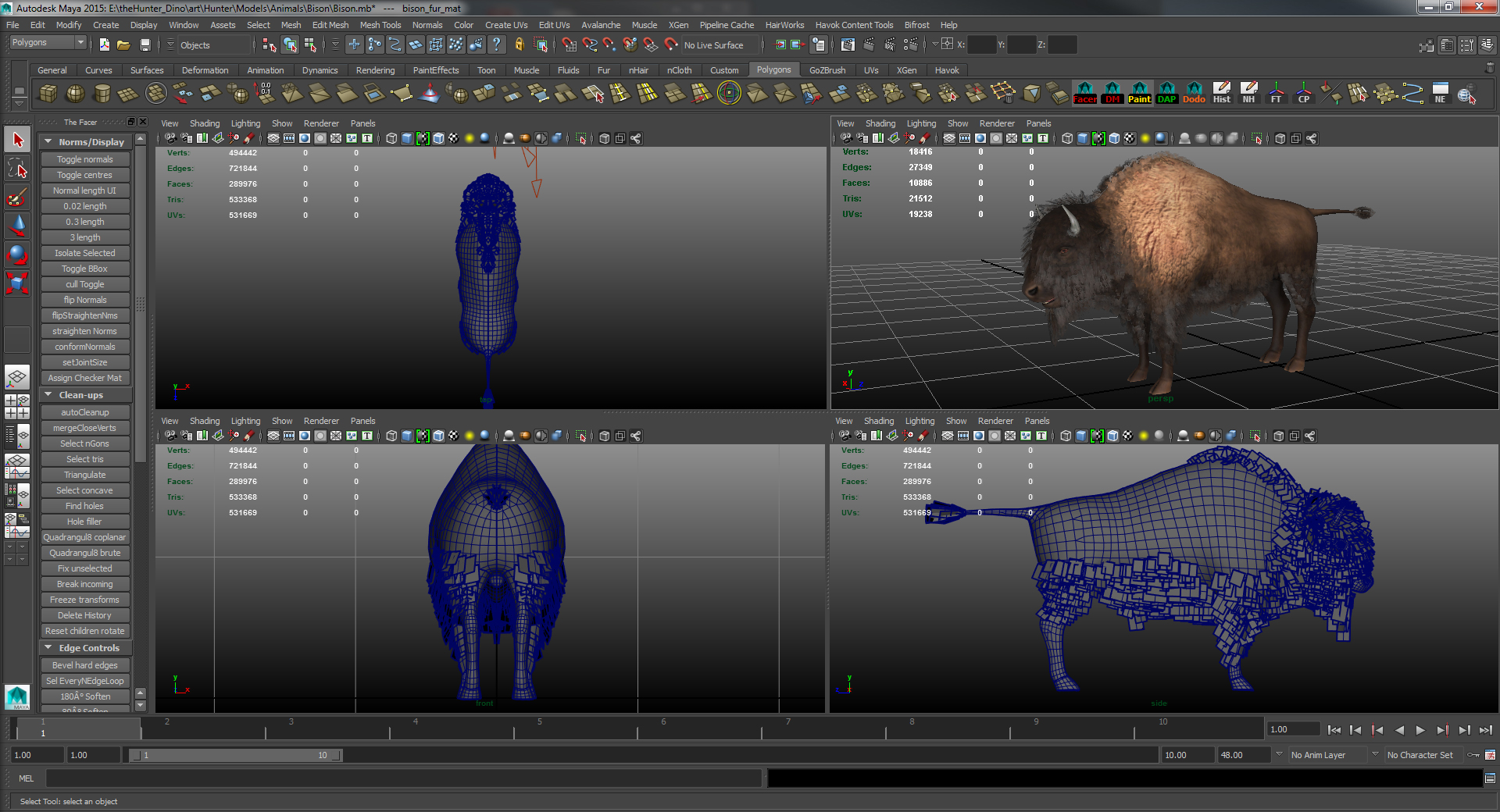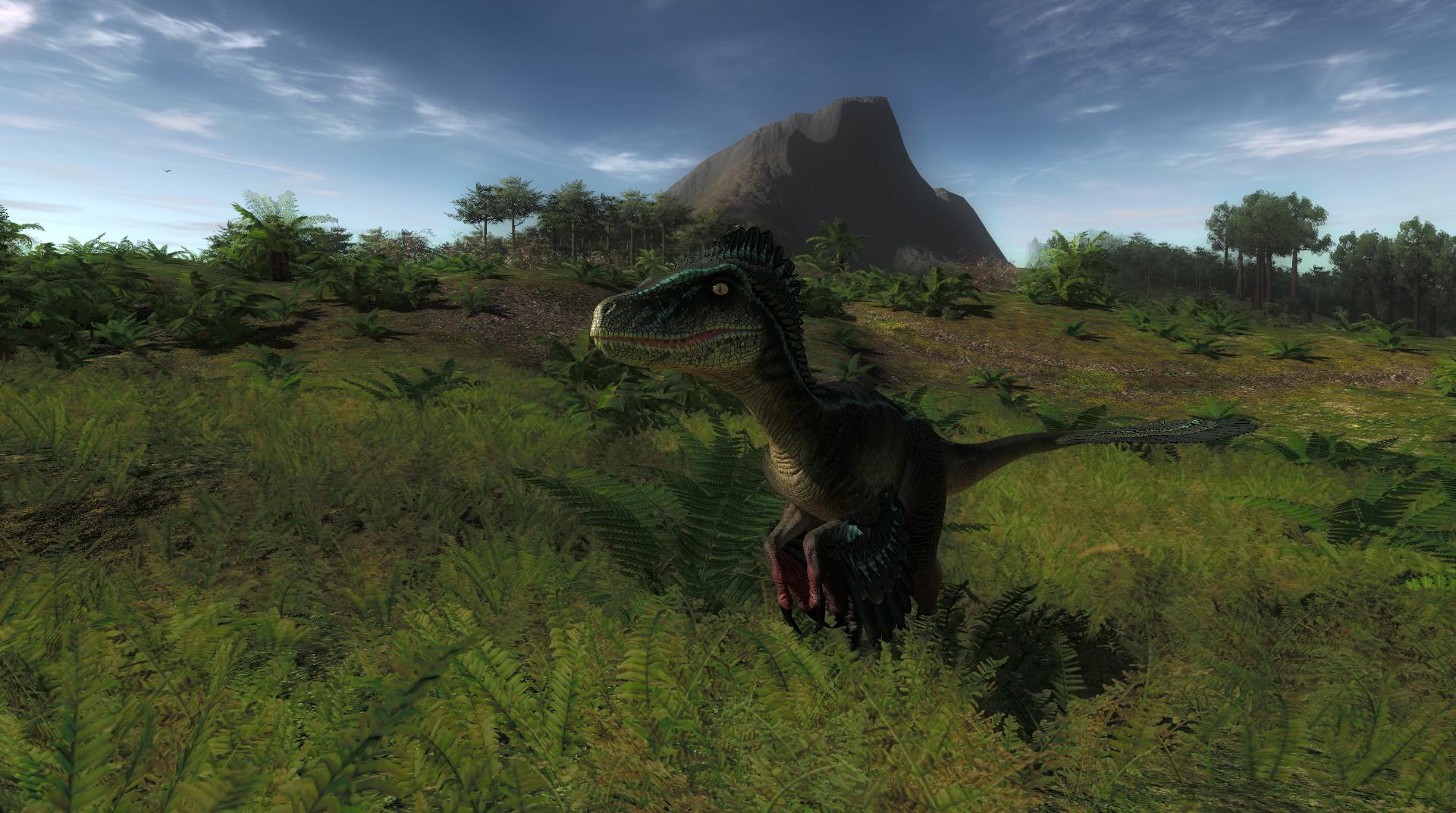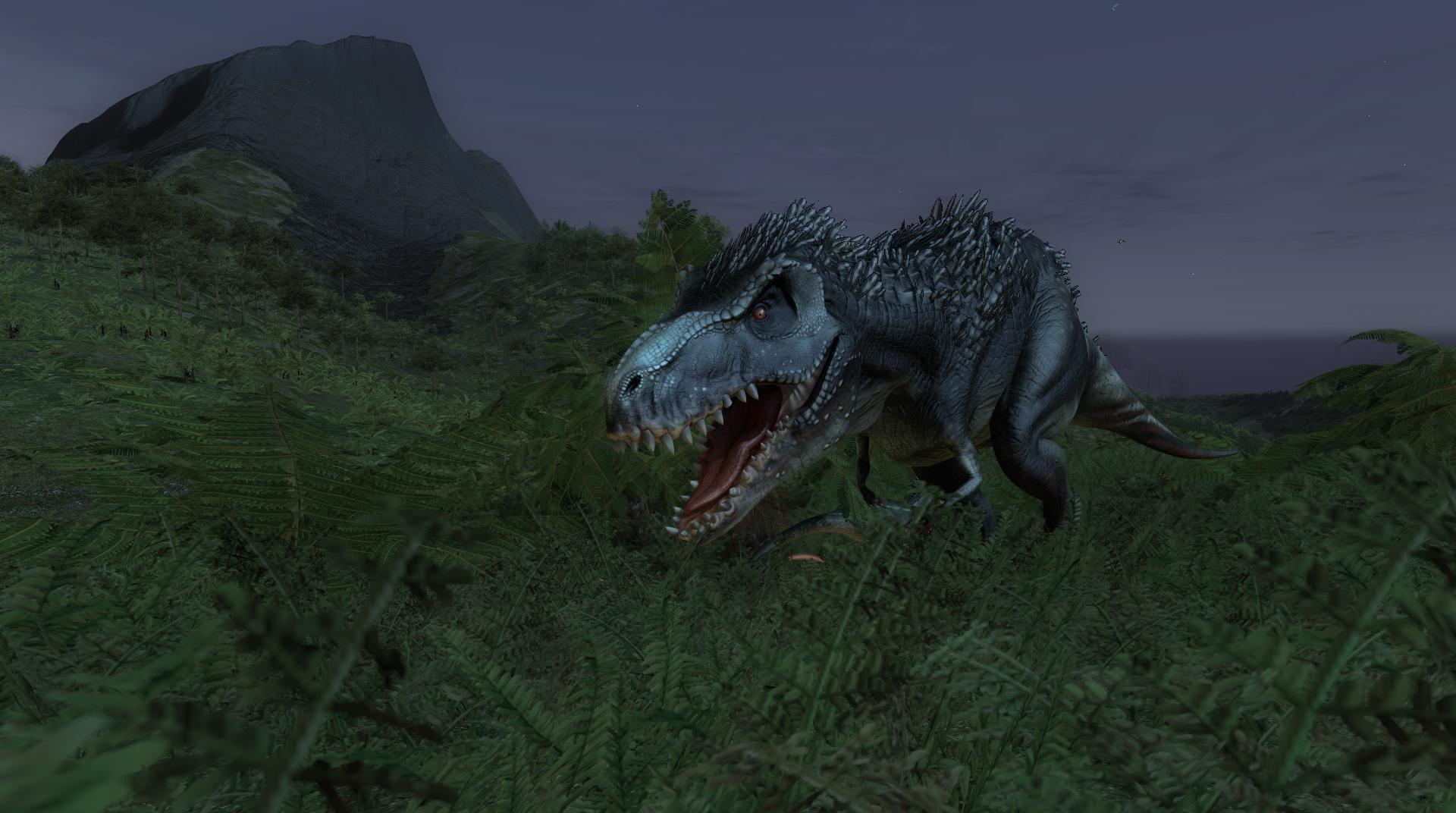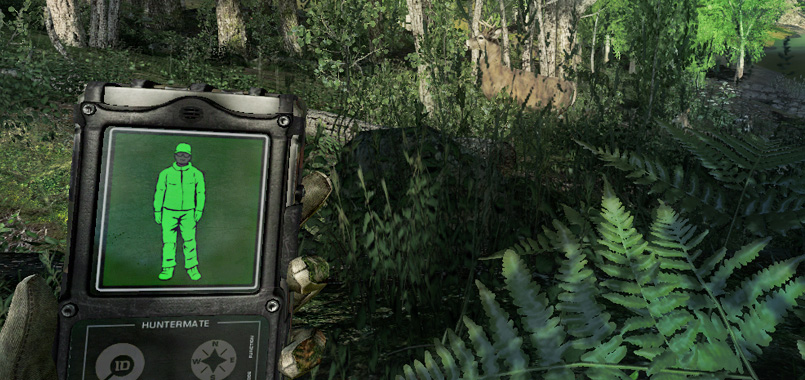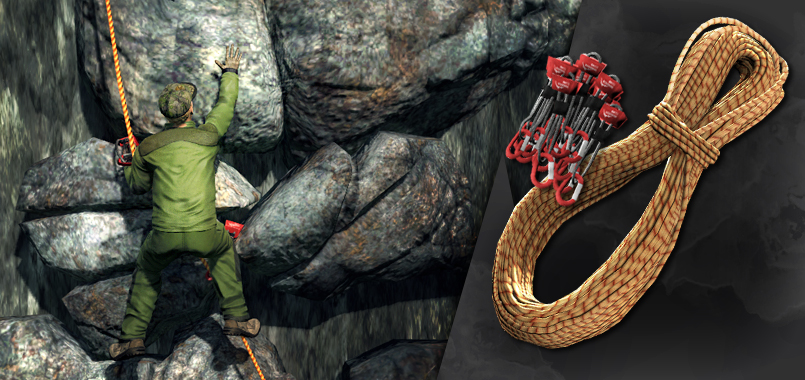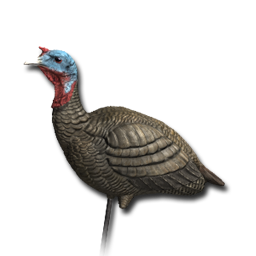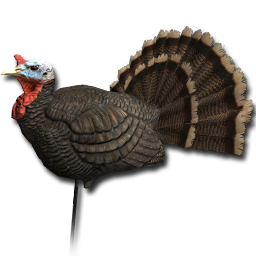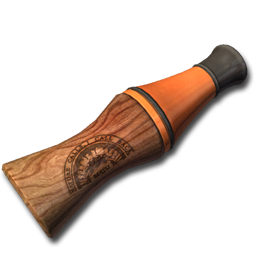Howdy hunters!
Thank you for all your comments! I did not expect so many of them –- over 500 across all our social channels.
One important thing I forgot to mention in the original announcement is that I won’t be answering questions about bugs or game suggestions in this Q&A. I really love hearing your ideas and will definitely include many of them into the game’s roadmap, but to keep things focused, we’re leaving those discussions out today. However, we’re aware of most issues and have added them to our bug base with the intention of fixing them as soon as possible. Thank you for your patience!
Let’s start!
Q: How did you come to become a producer of theHunter Classic?
A: Though I have nearly 15 years of management experience in IT, I’ve never been involved in the Games Industry before. Last summer Anton Iljin (CEO of Ringtail Studios) asked me if I was up to a new challenge in the role of Producer for theHunter Classic –- a game which I had never heard of before. As I love challenges, I accepted it. I was very naive and had a lot to learn in the beginning! But now I am very happy this happened to me.
Q: Will there be a new map coming soon?
A: While we continue investigating our options, we have no current plans for a new reserve. We are devoting our time to providing players with regular content updates and bug fixes. That doesn’t mean a new reserve will never be added to the EHR in the future, though!
Q: Can you add [insert animal here] to theHunter Classic?
A: We’re always listening to your ideas to try and determine what is most wanted in each category (animals, weapons, features, etc.). However, please understand that a brand new animal is something that requires time to be created (research, 3D model, textures, animations, sounds, AI, etc.), and the rate at which we can add them to the game is limited.
Q: What are your nearest plans?
A: We have a long roadmap of new features, animals, events, and content to come. Stay tuned!
Q: Are Expansive Worlds still involved in the development of the game?
A: Yes. Expansive Worlds sees this as a collaboration and is actively working with and supporting Ringtail Studios, to ensure we are delivering what players are looking for. The whole production (game design, development, artistic work, etc) is Ringtail Studios’ responsibility.
Q: Could you add a feature that allows you to gift or sell extra items in your inventory?
A: There are no plans to implement an in-game market or trade feature at the moment.
Q: Can we have sales in gm$ too?
A. Our stubborn devs only accept their salaries paid in em$, unfortunately.
Q: Why is it so hard to make money in the game?
A: There are plenty of species you can hunt to easily get some gm$, as well as missions, which is one of the fastest ways to earn gm$ in theHunter Classic! Also please keep in mind that we strive to recreate a realistic hunting experience in theHunter Classic, and as in real-life, hunting animals requires patience, dedication, and skill.
Q: I would like to know why in the updates there are always changes in the performance of weapons, specifically rifles. Sometimes a gun was having an excellent performance starts to have a performance far below what it can offer?
A: We always make sure to announce any changes to weapon performance beforehand, and we focus on weapon balancing based on players’ feedback and our own research in order to ensure a long-lasting and fun experience.
Q: Can we have an anti-cheat system?
A: We already have a number of anti-cheat systems implemented. They are not 100% cheat-proof, but we are working on improving them.
Q: Will there be more events similar to the Halloween event in the future?
A: Absolutely, and the next event is closer than you might think!
Q: What features may we expect in the future?
A: Sorry, but we don’t share future feature plans before we are absolutely sure that we are actually going to release them. We would rather surprise you, with a new feature than disappointing you with a missed release.
Q: Is it true that if you leave a buck alone in classic it will get bigger over time?
A: Some veteran hunters say there are a few 11 years old Whitetail bucks left in Whitehart Island, but no one knows for sure.
Q: Do you want to make the game compatible with Linux or consoles?
A: Never say never, but there are no plans for that in the nearest future.
Q: As I understand Classic comes into the late state of game life. Are there plans for Classic 2 or engine update?
A: This is a great question, and one probably best suited for Expansive Worlds though. As it stands now, we don’t have anything to report.
Q: How do you like your job and how is the team motivated with THC?
A: It can be very stressful at times, but what a great feeling it is to release new features and get positive feedback! I also love the THC community and try to chat here and there for a better understanding of players’ needs.
Q: What’s your favorite game other than Classic?
A: I am a bit of a nerd –- it’s Heroes of Might and Magic III.
Q: What are the barriers to improving the graphical appearance of Classic?
A: The main challenge is that THC is built on a game engine that is 10+ years old, and it would take a major effort to port the game to a more modern game engine. Having said that, computers have made giant leaps in performance during the game’s lifetime and we can now create models and textures that are significantly more detailed just because the average PC can handle them. At the same time, we are investigating which parts of the game engine can be improved, without an overwhelming effort and at the risk of introducing new bugs.
Q: What are your plans to attract more players/expand the player base? Also, how about improving the tutorial to guide new players?
A: Those are really close to the top of our list. We want to improve the whole process of getting new players into the game and then get them engaged as early on as possible. There are enough new players joining, but it can be difficult for them to stay due to the challenging gameplay. We want to help them by expanding the in-game help and improving the tutorials.
Q: Any chance we could get the new Huntermate to improve its usability? Any chance of getting range circles added to Huntermate? Would be handy to know if a call is 99m away or 101m.
A: The HunterMate already shows where the call is originating on the map, we want to leave some guessing up to the player as to how distant a call actually is. By the way, that’s totally a skill that can be learned with experience! Generally speaking, we are trying to avoid giving too much “hi-tech data” to the player in order to keep the hunting experience more challenging and true-to-life.
Q: Do you hunt IRL?
A: No, unfortunately not, I am too lazy for that 🙂
Q: Can you discuss the new team’s makeup/structure? Don’t need specific names for those that don’t want them shared, but a loose org chart & general job descriptions.
A: The team size is variable and it is not always a great representation of the support we provide for the game. We have a Producer (myself) responsible to keep the ball rolling, a Game Designer (Pucu) who is in charge of many things (sometimes too many), Programmers, 3D/2D Artists, Animators, and QA Testers (both for art and functionalities).
Q: Can you discuss the new team’s philosophy? I’ve noticed this team focusing a bit more on bugs than the previous team. And a few new items. I find that refreshing. I assume we can expect some more new things, but can we also expect fixes and enhancements to existing items & systems?
A: We want to keep a balance between new content, new features, and bug fixes. I think it is quite noticeable if you check the release notes for the past 6 months. You may have also noticed that we’ve already fixed dozens of legacy bugs as well as issues introduced by content we added recently. Quality continues to be a focus for us, and we will continue to polish the game and fix bugs. Together with new content and features, of course.
Q: Does the overall philosophy lean toward more realism, or less realism / more ‘gamey’?
A: Realism. I love how hardcore this game is and we will do our best to keep it like that.
Q: Any plans to improve the User Interface?
A: Yes. We already cleaned up different areas of the website/launches as well as added a search field to the store, fixed the Personal Bests section etc. There is still a long list of improvements that we will take care of during the next year to make your life easier.
Q: What is the most enjoyable part of your job?
A: To start with a general idea, move it to a detailed plan, get through the whole long process of creation and implementation, and finally see it in-game –- that’s a fantastic feeling I cannot even express in words. And then to read the comments after release –- no matter if it’s criticism or praise. For example, the Snow Goose went through a long design process: from the idea to choose this particular species among all others to the massive amount of iterations to fix the model and its animations. But what a great feeling it was to finally see them flying across the WRR. It took some more time before we finally “taught” them not to fly under the snow though 🙂 But once we finally released them – I was over the moon!
Q: What is the most challenging part of your job?
A: To try to make every player happy. Sometimes it feels a bit like Don Quixote fighting windmills, but I like to think we are achieving that goal overall.
Q: Do you play the game yourself? If yes, what do you like most? What’s your most favorite animal to hunt in this game?
A: Unfortunately, I lack the main skill for this game -– patience. Therefore, I prefer to hunt waterfowls, as I am fully relaxed there. As for the favorite animal –- I would like to say Turkey, but I would be biased as our team created it. So I am going to say the Rocky Mountain Elks, as I really like its look and behavior in the game.
Q: What’s your best bug solving story? Any behind the scenes on this time-consuming task?
A: While trying to fix the infamous “harvesting bug” we spent days and days killing Dall Sheep (which had been reported as the most frequent species to have this problem) to try and reproduce the bug, which seemed absolutely random. We failed to find the exact steps to reproduce it, but found some hints that the problem could somehow be caused by the spawning engine. Devs reworked a big piece of code and after a few days of testing, we were not able to reproduce the harvesting bug anymore. Minor detail though, we forgot to test it in multiplayer, which of course got broken by our fix! We had to revert our release and start the investigation all over again, as it turned out that our initial guess was wrong. A week and a huge pile of Dall Sheep bodies later, we finally narrowed down the bug’s cause –- a minor mistake in the back-end which was fixed and re-tested in one day.
Q: Will the competitions be reworked? It’s more of the same with all the comps at the moment.
A: Yes, we have plans to do that for 2021. Competitions will be reviewed, amended (if necessary), and rescheduled (hopefully new trophies will be added too).
Q: If you could snap your fingers and magically achieve one thing for the game, what would it be?
A: A new reserve would be fun!
Q: I would like to ask you if this season is going to end shortly or, rather, in several months?
A: Season changes will be automated and each season will last three months.
Q: Coolest / memorable place you’ve ever visited or want to visit?
A: I really want to travel through South America one day, as I’ve never been there.
Q: Are you a dog person or a cat person?
A: I am allergic to cats, so have no choice. I had a German Shepherd which I loved – I still miss her.
Q: How many bugs in the current database?
A: There are quite a few of them… 🙂 We’re aware of most bugs and actively working on addressing them.
Q: Are you Russian?
A: Yes, but I left Russia in my youth in 1993.
Q: Will the trophy lodges ever get an update. Possibly bigger, new design, etc?
A: It’s in the plans, but only as an idea at the moment. We know we should do it at some point.
Q: Will there be fishing in this game ever?
A: In order to implement fishing in a way that we’d deem satisfactory, we’d have to divert effort and resources that we’d rather use to improve the core (hunting) part of the game.
Q: Will you ever add more travel missions to the game?
A: Yes, soon. We already have plans for at least two of them.
Q: Will there be any suppressors/silencers in-game in the future?
A: We are considering the idea, but generally speaking this is something that could imbalance the gameplay, which is something we are trying to avoid.
Q: What’s the most impressive/rare animal you’ve ever harvested in-game?
A: While we were testing the Summer Fiesta mission packs, I was stuck with one of TreeKiwi’s missions –- harvesting a Rocky Mountain Elk that scores over 390. I harvested over 150 Elks (using our internal dev-tools to speed-up testing) but none of them were even close to 390! At some point, I gave up and decided to rest and hunt without dev-tools to relax a bit. Lo and behold –- the second Elk I bumped into was a 439 pointer!
Q: What is the one feature you would like to add to Classic but which you know would not be possible due to the engine.
A: VR.
Q: Are there any features in Classic that you would like to see removed or completely overhauled?
A: Fast traveling. As a fan of realism in the game, I am not a big fan of the idea of fast traveling every 30 minutes. Don’t let this answer scare you though– – rest assured that we do not have any plans to change that in any way.
Q: When the bug with .308 will be finally fixed?
A: Sorry, what bug again? 🙂 P.S. It’s been fixed now!
Q: Why 16 GA Side by side shotgun does not support Slugs.
A: The real-life weapon we used as a reference for the classic 16GA shotgun did not support slug ammo, so we decided to exclude it to maintain realism.
That’s it for now! Thanks again, and sorry if your question wasn’t answered. Until next time!
Share this
